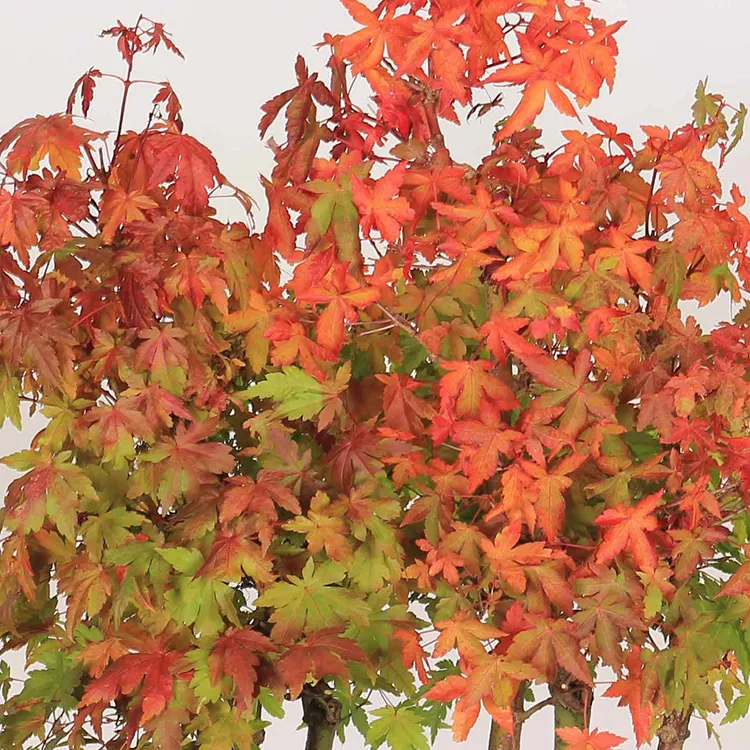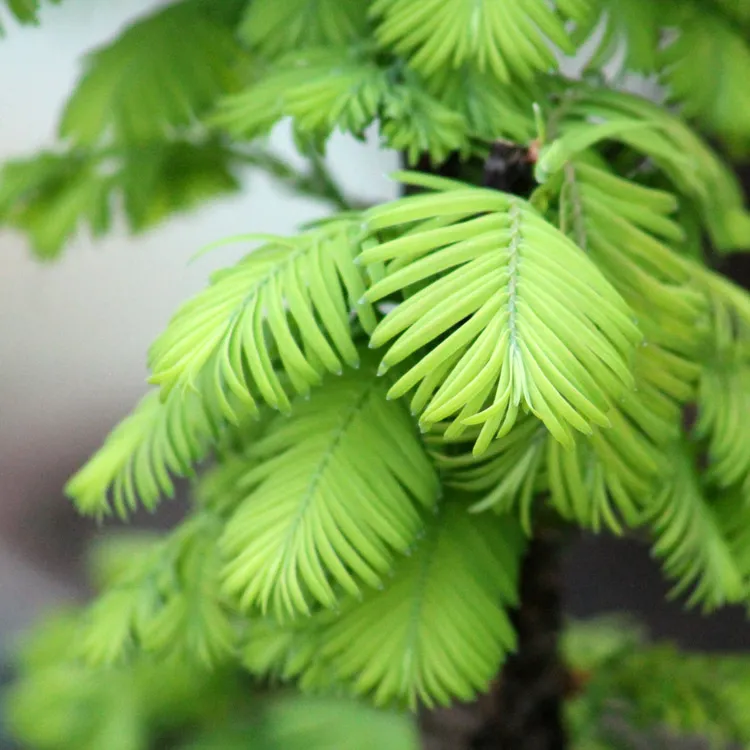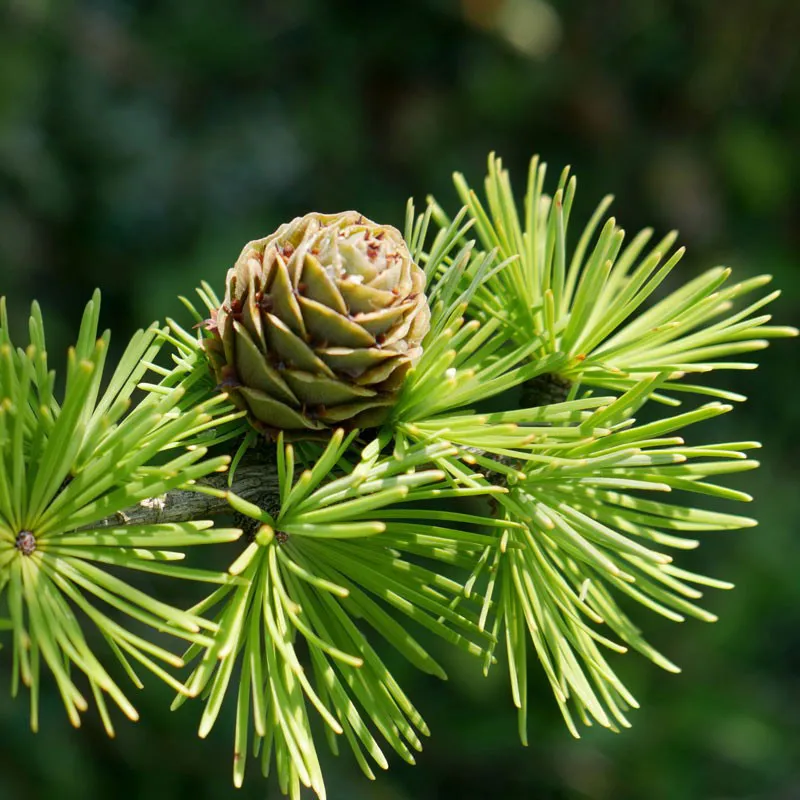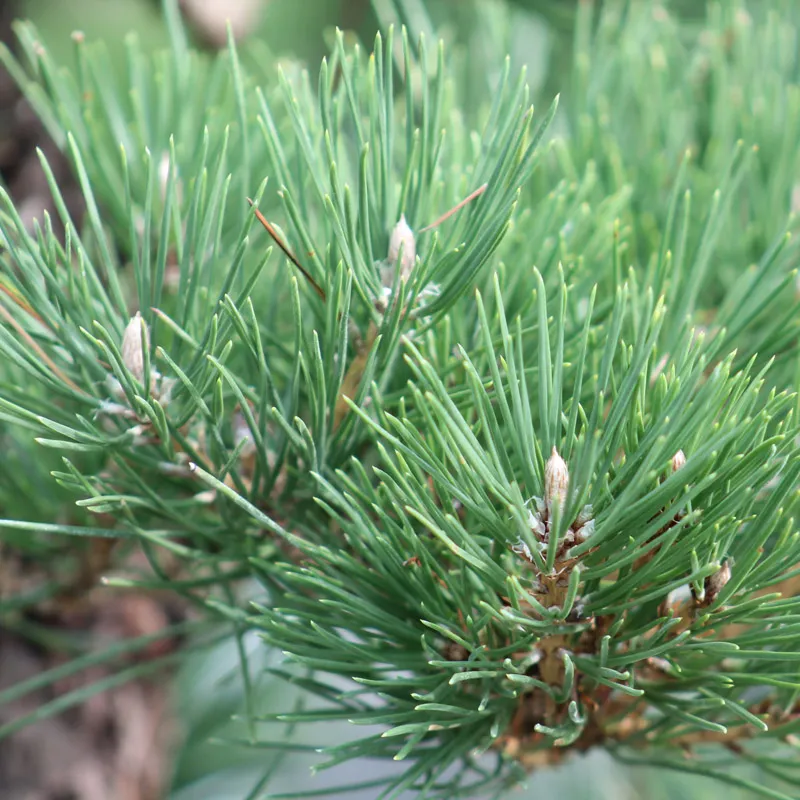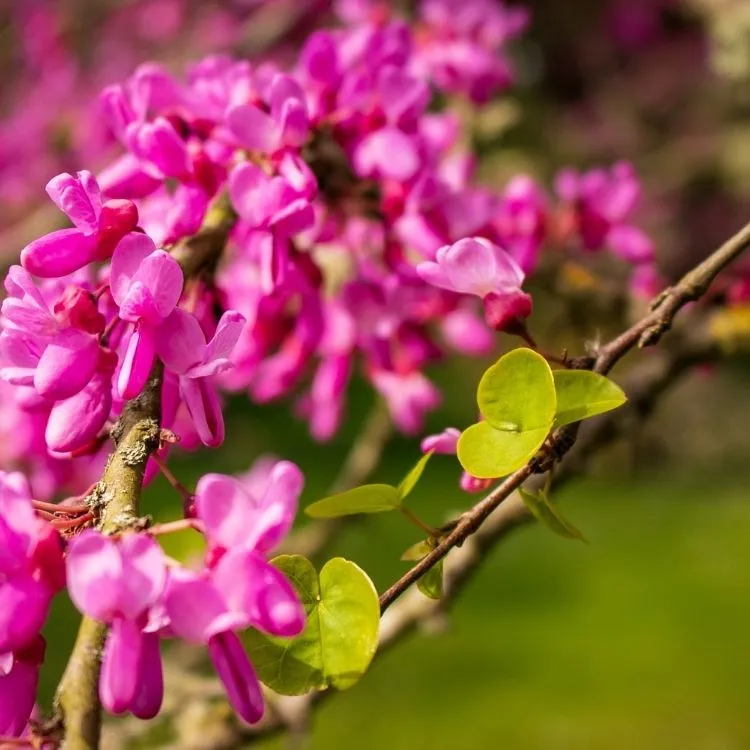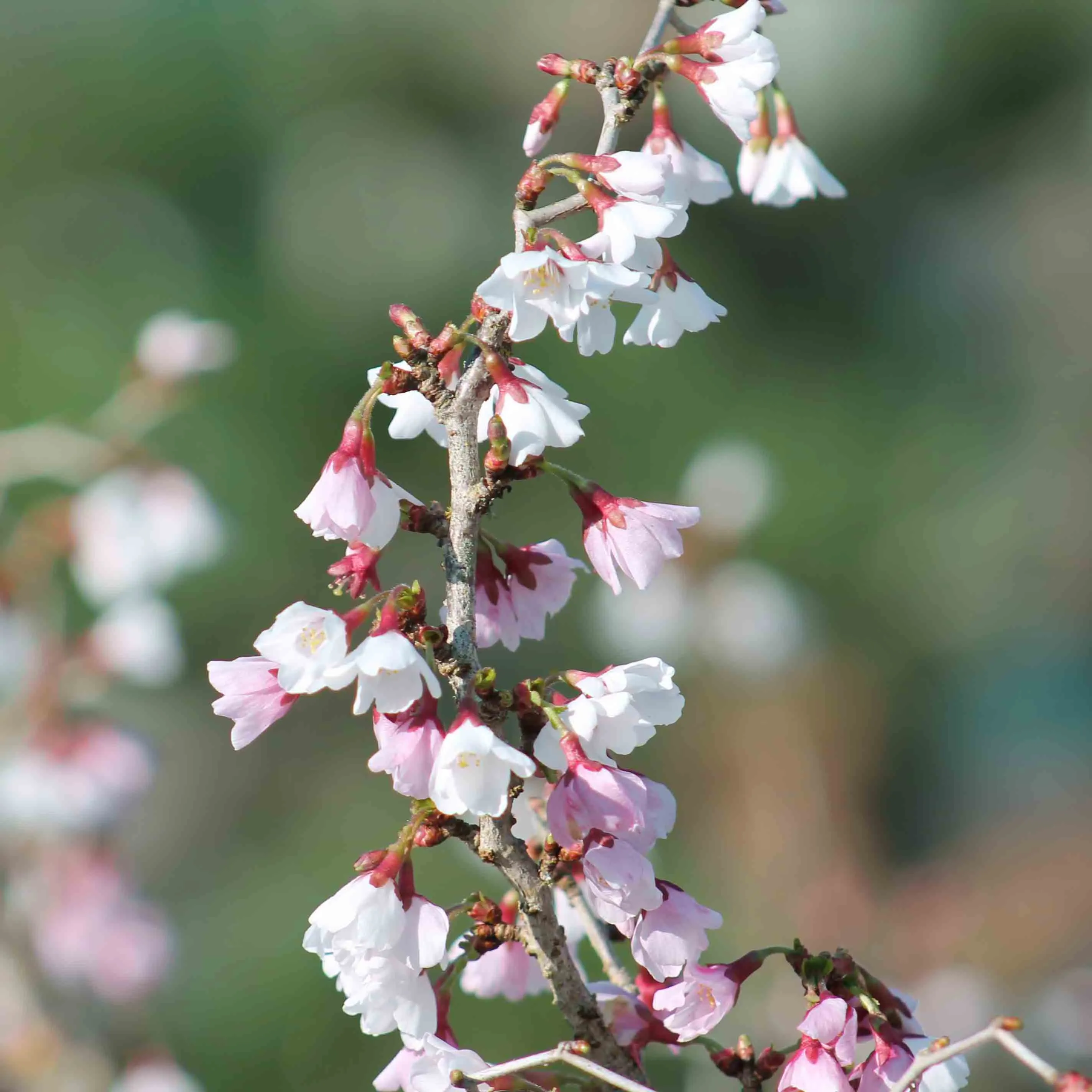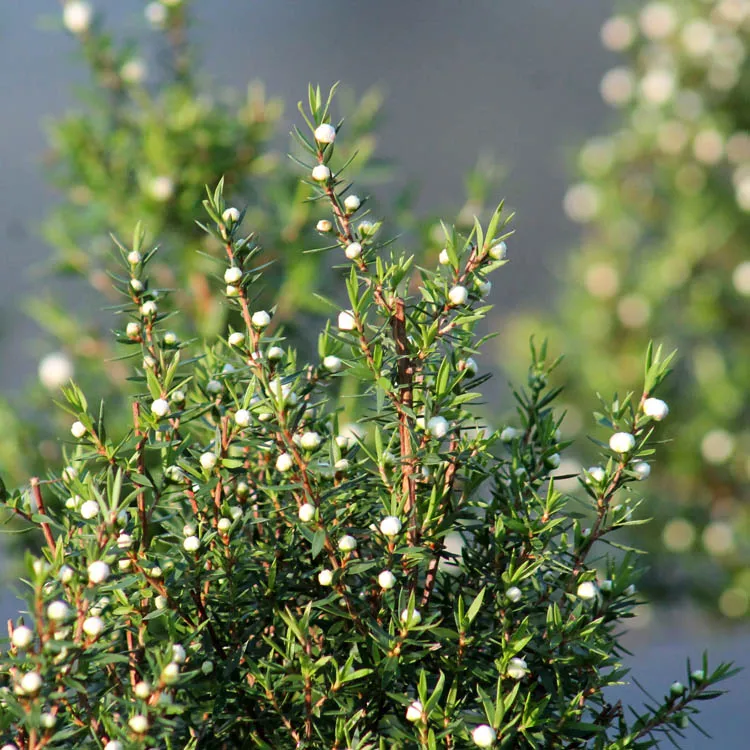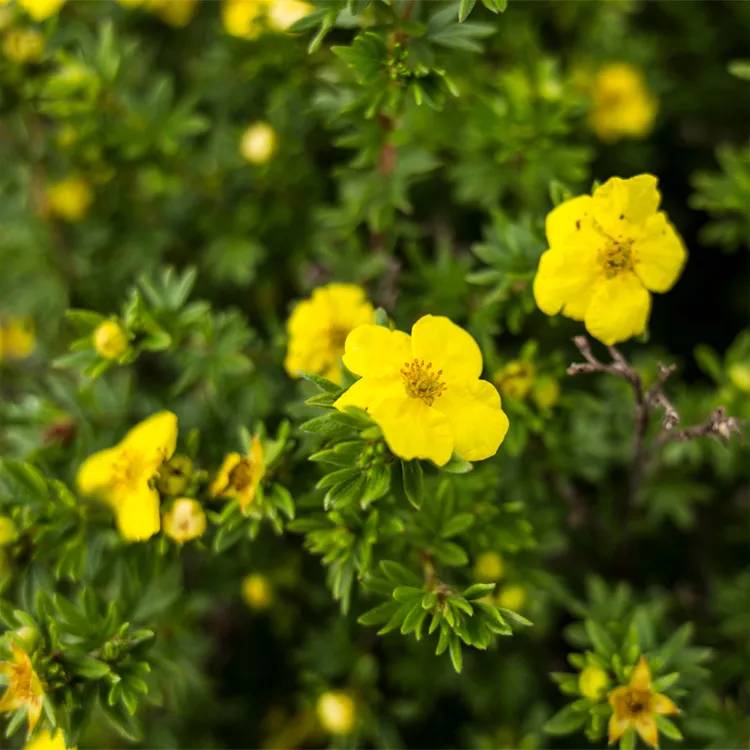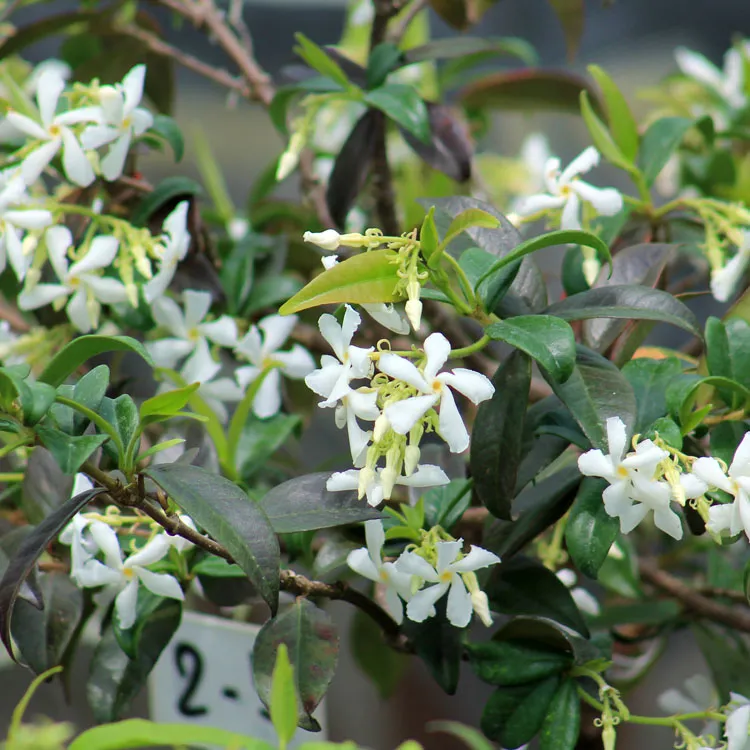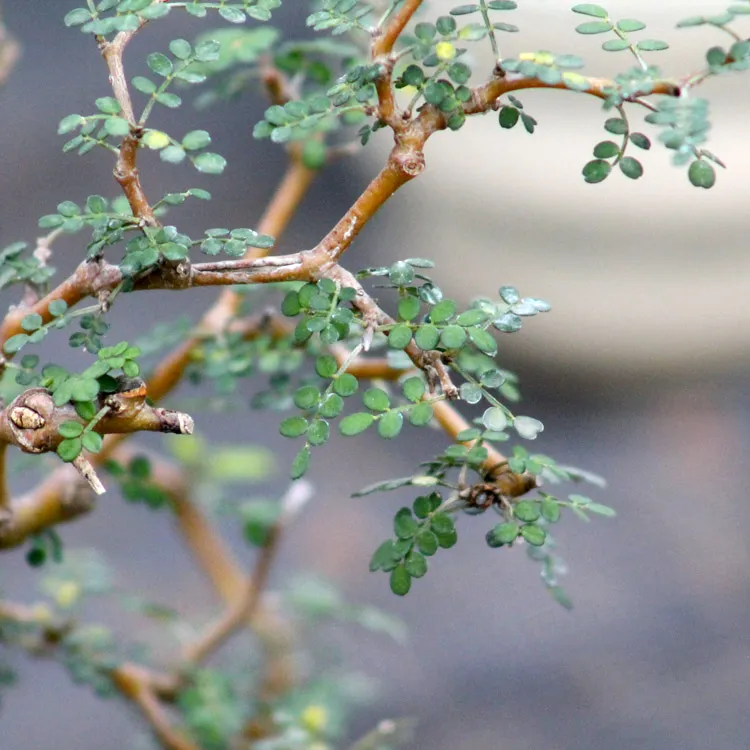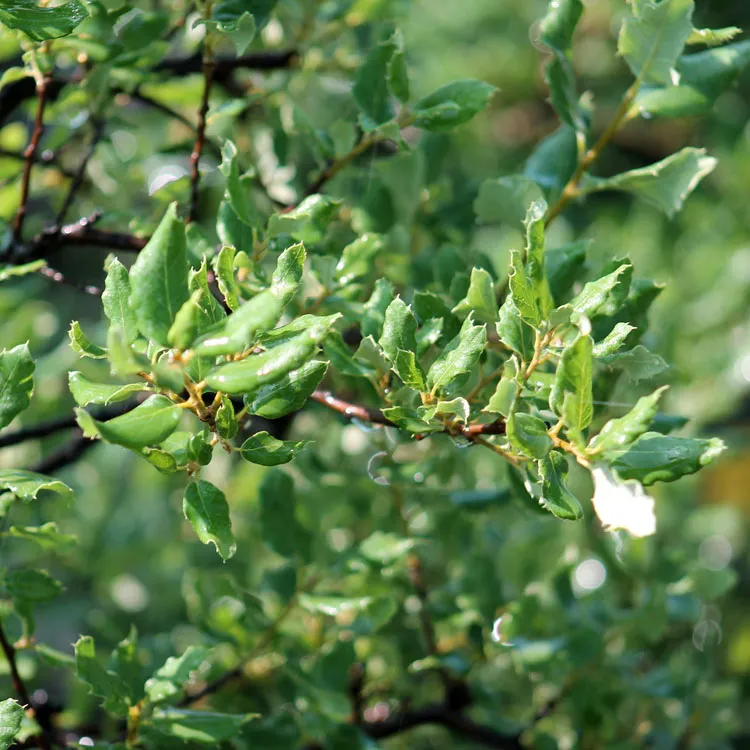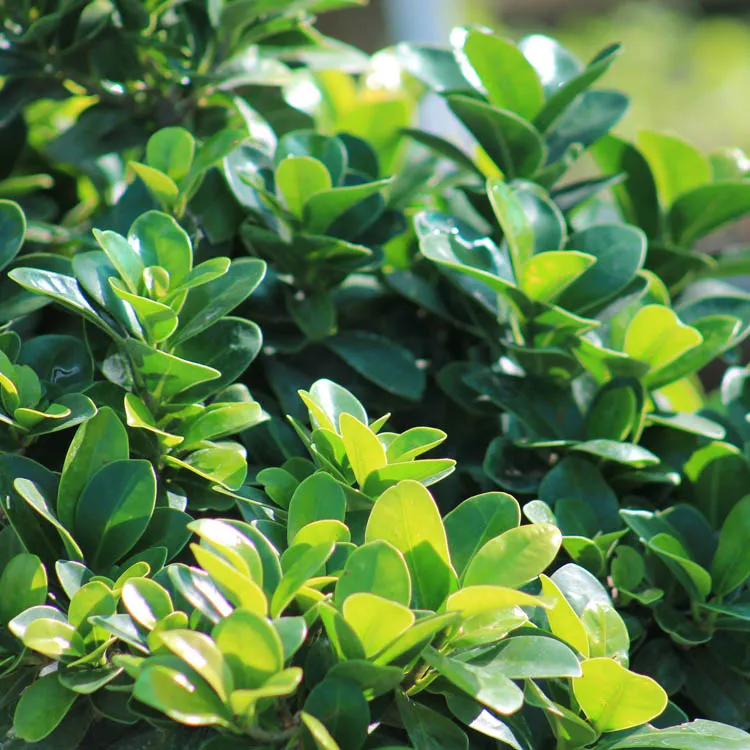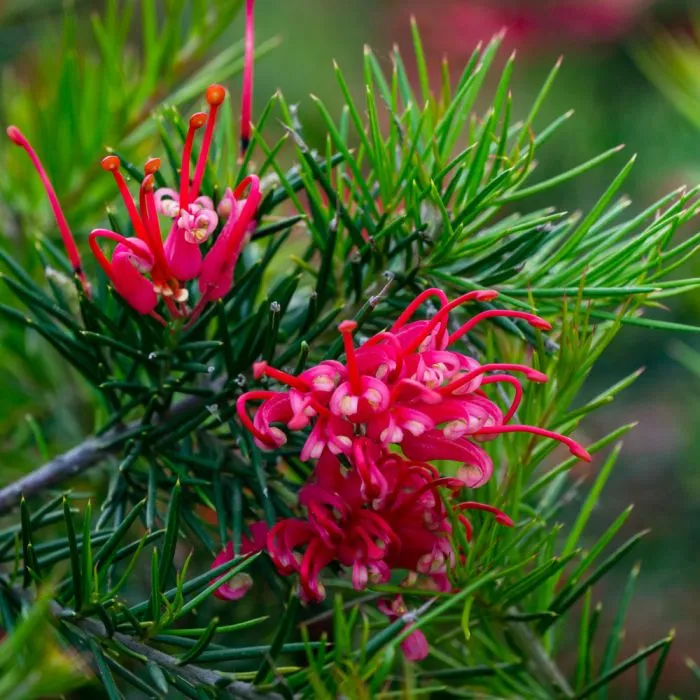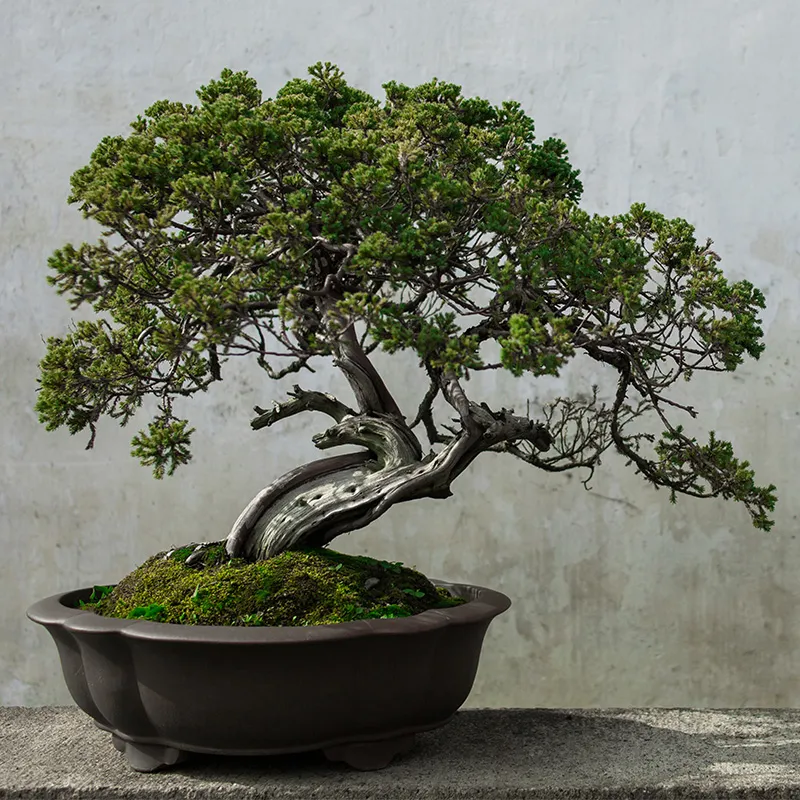Technical sheet for Bonsai Cembro Pine (Pinus cembra)
Cembro Pine (Pinus cembra), also known as Alpine Pine or Arolla, is a mountain conifer appreciated in bonsai for its dense foliage, slow growth and incredible resistance to the cold. Native to the Alps and Carpathians, it is perfectly adapted to harsh climates and offers a robust aesthetic, ideal for bonsai art.
General characteristics

- Sientific name Name: Pinus cembra
- Family: Pinaceae
- Origin : Mountainous regions of Europe (Alps, Carpathians)
- Type: Evergreen conifer
- Growth: Slow to moderate
- Foliage: Flexible needles grouped in fives, dark green with silver highlights.
- Bark: Smooth and greyish on young trees, becoming scaly with age.Cones: Ovoid, purplish-brown, containing edible seeds called pine nuts.
Bonsai cultivation and maintenance
1. Location and exposure
The Cembro Pine is a tree that thrives in full light. For bonsai, it needs to be grown outdoors all year round to benefit from the natural cycle of the seasons.
- Exposure: Direct sun or light part shade in extreme heat.
- Cold hardiness: Excellent, withstands temperatures as low as -30°C. In winter, it can be protected from excessive cold winds but should not be brought indoors.
2. Substrate and potting
Cembro pine needs draining soil to prevent root rot.
- Recommended substrate: Mixture of 60% akadama, 20% pumice and 20% kiryu for good drainage while retaining slight moisture retention.
- Repotting frequency: Every 4 to 5 years due to its slow growth.
- Ideal time: Early spring, before growth resumes.
- Precaution: Don't cut too many roots at once, as conifers take longer to recover after repotting.
3. Watering
Cembro Pine does not like excess humidity but tolerates relative dryness well.
- Frequency: Moderate watering, allowing the substrate to dry out slightly between waterings.
- Caution: Avoid stagnant water and saucers full of water to prevent root disease.
- In winter: Reduce watering while maintaining slight humidity to prevent the roots from drying out.
4. Fertilisation
Because of its slow growth, Cembro Pine does not need excessive fertilisation.
- Type of fertiliser: Slow-release organic fertiliser or dilute liquid fertiliser.
- Period: Spring and autumn: Balanced fertiliser (NPK 12-12-12 or similar).
- Summer: Reduce frequency to avoid excessive growth.
- Winter: Suspend fertilisation.
5. Pruning and training
Bonsai training requires patience and regularity.
- Structural pruning: Carried out in early spring or late summer. It is advisable not to remove more than a third of the foliage to avoid weakening.
- Maintenance pruning: Pinching out new shoots (candles) in spring to encourage denser foliage.
- Tying: Can be done all year round, but preferably in autumn or winter when sap flow is lower. Use aluminium wire and check regularly to avoid marks on the bark.
6. Diseases and pests
Cembro pine is fairly hardy, but can be prone to certain diseases and parasites:
- Mealybugs: Develop in conditions of excessive humidity and lack of ventilation. Treat with neem oil or black soap.
- Red spiders: In the event of excessive dryness. Increase ambient humidity and use a biological miticide if necessary.
- Fungi (phytophthora, root rot): Avoid excess water and ensure good drainage.
Aesthetics and styles to suit
Cembro Pine lends itself to many styles of bonsai thanks to its robust natural habit and elegant foliage.
- Chokkan (formal right): Its straight, vertical trunk gives it a majestic appearance.
- Moyogi (informal straight): Slight movement of the trunk for a more natural look.
- Shakan (sloping): Well suited to mountain trees exposed to the wind.
- Bunjin (scholar): A refined style that emphasises the finesse of the trunk and branches.
The bonsai Cembro Pine is an ideal choice for enthusiasts looking for a hardy tree adapted to cold climates and offering a beautiful mountain aesthetic. Although it requires patience because of its slow growth, it rewards its grower with an elegant habit and long life. With careful care, it can become a centrepiece in any bonsai collection.
? Pro tip: To maximise branching and foliage density, pinch back new shoots in spring and space out fertiliser applications slightly to prevent needles growing too quickly.
20 years of cultivation, find our cembro pines on sale


 Production of French Bonsai
Production of French Bonsai


